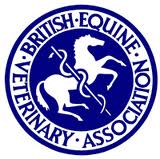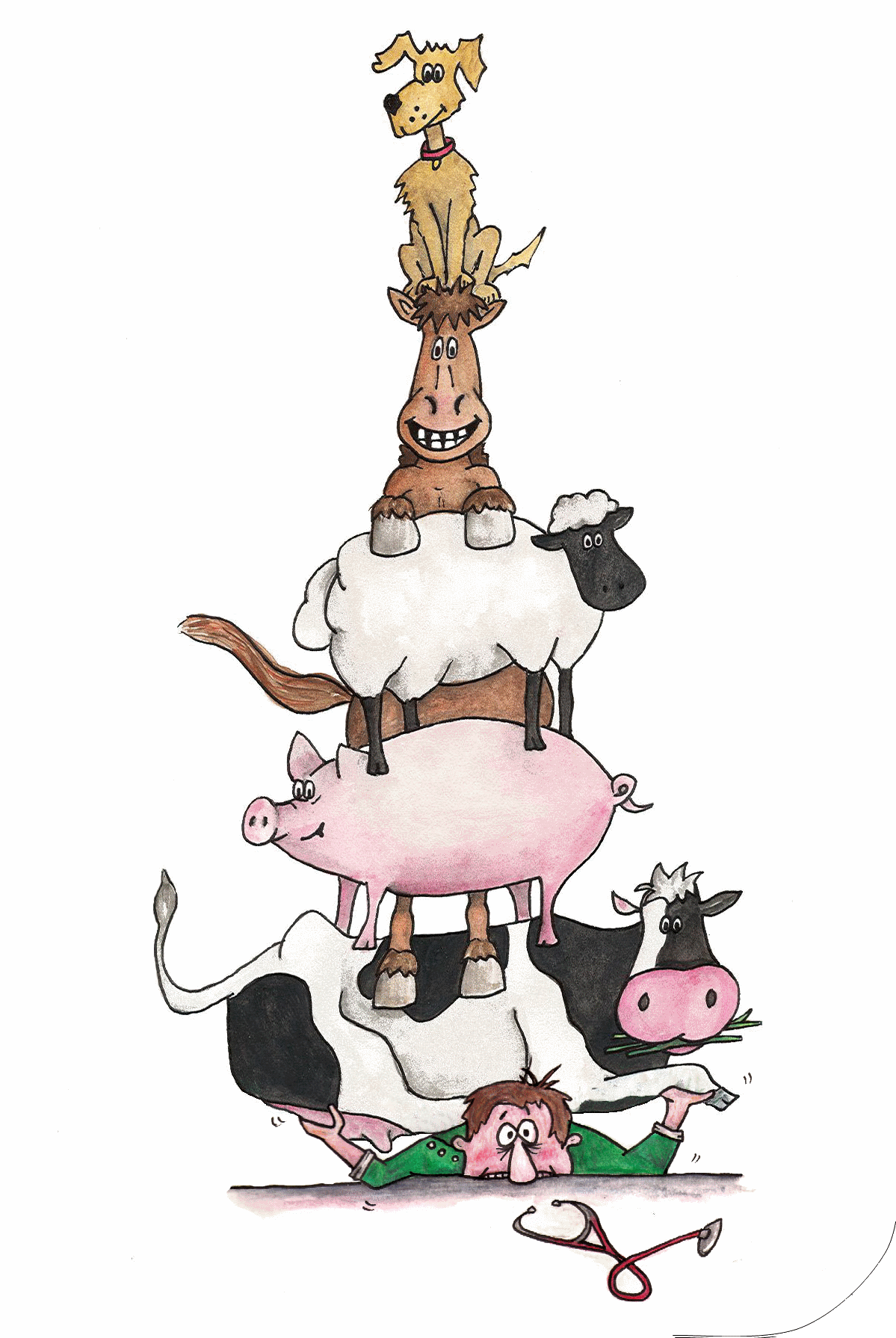BEVA has provided free online access to articles on the disease for all vets to help them address the threat following a recent surge which is thought to worsen during the winter months
BEVA is urging all vets to be aware of the clinical signs of equine Atypical Myopathy (seasonal pasture myopathy) following a surge in clinical cases across the UK. Early recognition and treatment are crucial to give the affected horse any chance of surviving this highly fatal muscle disease.BEVA has provided free online access to two articles on the disease for all vets to help them address the threat.
Atypical Myopathy is found in the UK and Northern Europe. The disease often presents as an outbreak, with affected horses having clinical signs that may include muscle weakness or stiffness, colic-like symptoms, laboured breathing, dark red-brown urine, recumbency or even sudden death. Recent research, published in the Equine Veterinary Journal, shows the disease to be caused by the toxin hypoglycin A, which can be found in the seeds of sycamore trees.
Incidences tend to occur repeatedly in the autumn and in the spring following large autumnal outbreaks. Horses that develop AM are usually kept in sparse pastures with an accumulation of dead leaves, dead wood and trees in or around the pasture and are often not fed any supplementary hay or feed.
The recent high winds this autumn have resulted in considerable contamination of pastures with sycamore seeds. While the seeds may not be directly palatable, horses grazing on poor quality pasture may ingest considerable numbers of them. The recent surge in cases may become worse through the winter months as access to grass is further limited.
Early recognition and treatment is essential and since the toxin directly targets aerobic energy metabolism, therapy should be targeted at promoting glucose metabolism and provided fluid dieresis.
Preventative advice for horse owners includes:
- Supplementary feeding in the field to minimise the risk of horses being tempted to ingest seeds
- Avoid leaving wet hay on the ground where it will rot
- Fencing off affected areas
- Remove seeds where possible
- Limiting grass turnout
- Being aware that a field without sycamore trees can still contain seeds spread by high winds or flood water
Professor Celia Marr, Partner at Rossdales, European Specialist in Equine Internal Medicine and Editor of Equine Veterinary Journal said: “We have seen unprecedented cases of AM since the high winds last month – more than five times as many as this time last year. This dramatic rise appears to be reflected across the UK. It is imperative to spot the symptoms of AM and commence treatment promptly, preferably with hospitalisation of the affected animal to give it any chance of survival.”
The free online articles are from the journal Equine Veterinary Education as follows:
Volume 25, Issue 5, pages 264–270, May 2013
G. van Galen and D.-M. Votion
And
Volume 25, Issue 6, pages 308–314, June 2013
G. van Galen and D.-M. Votion





